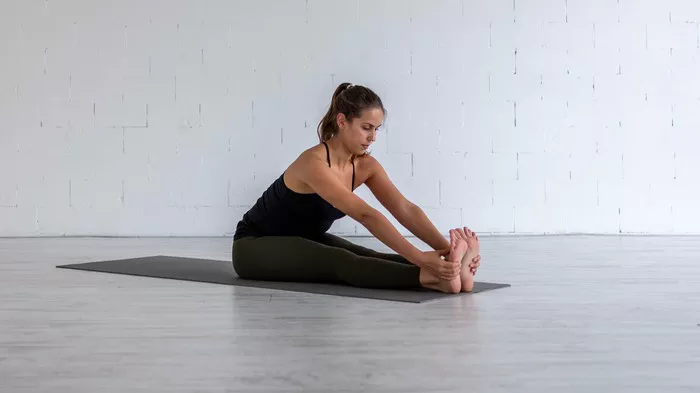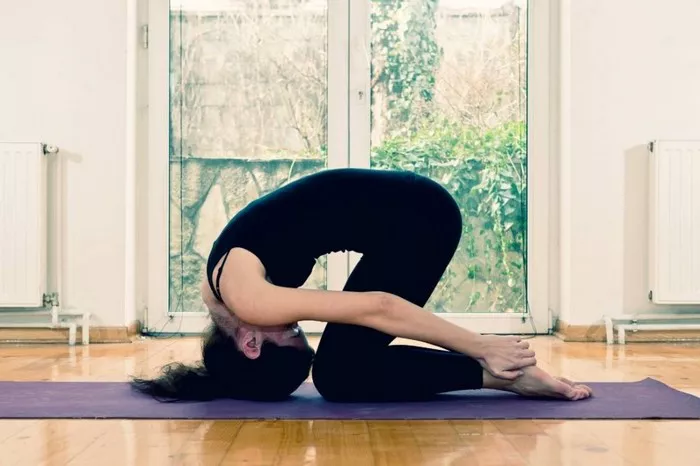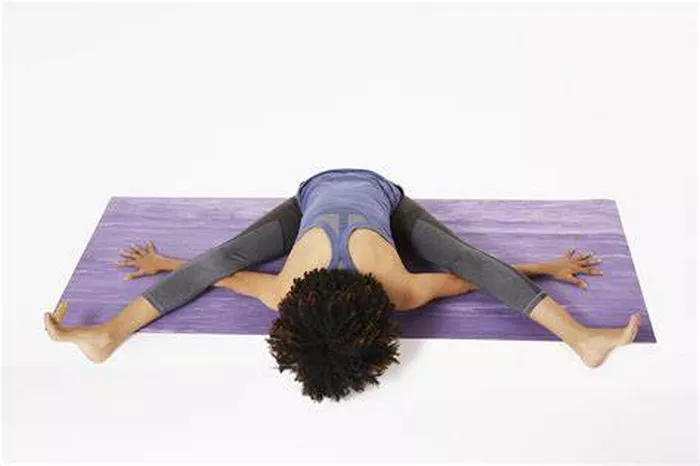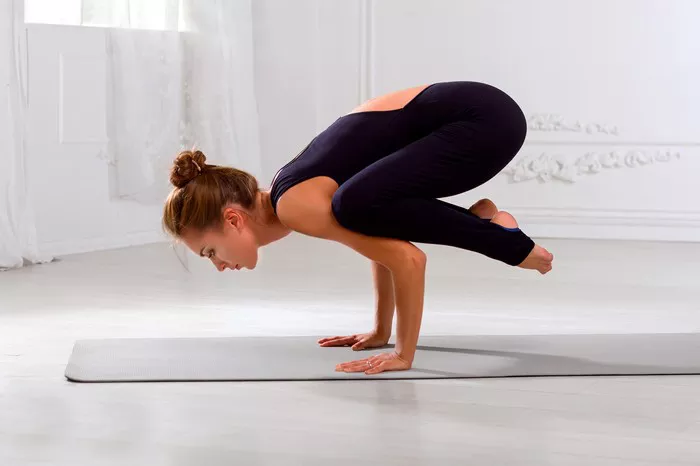Yoga, a holistic practice originating from ancient India, has captivated millions worldwide with its myriad physical, mental, and spiritual benefits. Among the various styles and forms of yoga, one particular tradition stands out for its concise yet comprehensive approach: Bikram Yoga, also known as Hot Yoga. Central to Bikram Yoga is a series of 26 poses, each meticulously designed to engage the body, mind, and soul. In this article, we embark on a journey to explore the significance and rationale behind these 26 poses, unraveling the profound wisdom embedded within this ancient practice.
The Origins of Bikram Yoga: Tracing the Roots
To comprehend the essence of the 26 poses in Bikram Yoga, it’s imperative to delve into its origins. Bikram Choudhury, an Indian yoga guru, introduced this specific sequence in the 1970s. Drawing from Hatha Yoga principles, Bikram crafted a sequence consisting of 26 postures and two breathing exercises, performed in a room heated to a high temperature.
The Science Behind the Sequences: Balancing the Body
Each of the 26 poses in Bikram Yoga serves a distinct purpose in promoting physical health and vitality. The sequence is meticulously structured to engage every muscle, joint, and organ in the body systematically. From the standing poses that build strength and balance to the seated poses that enhance flexibility and mobility, each posture complements the others, creating a harmonious flow of energy throughout the body.
Unlocking the Therapeutic Potential: Healing from Within
Beyond the physical realm, the 26 poses of Bikram Yoga delve into the realm of holistic healing, addressing not just the body but also the mind and spirit. The controlled breathing techniques interspersed between the poses help calm the mind and induce a state of deep relaxation. This integration of breath and movement facilitates the release of tension and stress, promoting mental clarity and emotional well-being.
Embracing the Challenge: Cultivating Resilience and Discipline
Practicing the 26 poses of Bikram Yoga is no easy feat. The intense heat of the studio, coupled with the demanding nature of the postures, often pushes practitioners to their limits. Yet, it is within this crucible of challenge that transformation occurs. By confronting physical discomfort and mental resistance head-on, practitioners cultivate resilience, discipline, and inner strength, transcending perceived limitations and barriers.
The Philosophical Underpinnings: Unity of Body, Mind, and Spirit
At its core, Bikram Yoga embodies the ancient yogic philosophy of unity – the harmonious integration of body, mind, and spirit. Each posture in the sequence serves as a metaphorical journey, inviting practitioners to explore the depths of their being and connect with their innermost selves. Through mindful movement and conscious breathing, the practitioner transcends the confines of the ego, experiencing a profound sense of interconnectedness with all of existence.
Adapting to Modern Needs: Evolution of the Practice
While rooted in tradition, Bikram Yoga has evolved over the years to meet the diverse needs and preferences of modern practitioners. Variations and modifications of the original 26 poses have emerged, catering to individuals of all ages, fitness levels, and health conditions. From gentle restorative classes to dynamic power flows, the essence of Bikram Yoga continues to permeate through a myriad of expressions, ensuring accessibility and inclusivity for all.
Conclusion
In conclusion, the 26 poses of Bikram Yoga embody a profound synthesis of tradition and innovation, science and spirituality, challenge and transformation. Through dedicated practice, practitioners unlock the full potential of their being, cultivating physical vitality, mental clarity, and spiritual insight. As we continue to delve into the depths of this ancient practice, may we embrace the journey with open hearts and minds, allowing the transformative power of yoga to illuminate our path toward wholeness and well-being.
FAQs:
What is the golden rule in yoga?
The golden rule in yoga is “Ahimsa,” which translates to non-violence or non-harming. It encourages practitioners to cultivate compassion towards themselves and others, both on and off the mat. Ahimsa reminds us to practice yoga with kindness, respect, and mindfulness, honoring the interconnectedness of all living beings.
Which posture removes old age in yoga?
While yoga offers numerous benefits for overall health and well-being, there isn’t a specific posture that removes old age. However, certain yoga poses, such as backbends and inversions, can help improve flexibility, strength, and circulation, promoting a sense of vitality and youthfulness. Additionally, practicing mindfulness and stress-reducing techniques in yoga may contribute to a more positive outlook and graceful aging process.



















